Introduction
In the ever-evolving landscape of customer engagement, gamification has emerged as a powerful strategy to enhance loyalty programs. By integrating game-like elements, businesses can transform traditional loyalty initiatives into dynamic and interactive experiences that resonate deeply with customers. This article explores the multifaceted benefits of gamification in loyalty programs, highlighting how it taps into customers' intrinsic desires for achievement and recognition, thereby driving repeat purchases and fostering a community spirit.
Through insightful examples from various industries, the discussion will illustrate the significant impact of gamified loyalty programs on customer retention, sales, and overall brand perception. By leveraging these innovative strategies, businesses can not only differentiate their brand but also achieve a sustainable competitive advantage in a crowded market.
Benefits of Gamification in Loyalty Programs
Gamification has surfaced as a revolutionary instrument in boosting client involvement and dedication. By incorporating game-like features into reward systems, businesses can create a more engaging and interactive experience for clients, significantly enhancing their participation rates. For example, the hospitality sector has been reinventing reward systems to provide distinctive experiences beyond simple discounts, employing mobile platforms and digital tools to monitor client behavior and tailor offerings more efficiently.
Gamified loyalty programs tap into individuals' intrinsic desires for achievement and recognition, encouraging repeat purchases and fostering a community spirit. A recent study indicated that 60% of consumers are more likely to purchase from a brand with gamified elements. 'This approach not only drives higher client retention but also provides valuable insights into client preferences and behaviors, enabling businesses to tailor their marketing strategies with precision.'.
Retailers utilizing gamification have reported increased sales, improved interaction rates, and enhanced brand perception. Research indicates that gamification can enhance consumer engagement by 48%, transforming shopping into an enjoyable experience that fosters long-term commitment. Moreover, it facilitates the collection of valuable client data, which can be leveraged to personalize marketing initiatives and tailor product offerings to better resonate with the target audience.
Integrating game features like rewards, challenges, and progression milestones into customer engagement systems assists businesses in distinguishing their brand and attaining a lasting competitive edge. As the commitment landscape changes, 79% of businesses with current initiatives intend to overhaul them in the next three years, acknowledging the effectiveness of gamification in boosting revenue growth and client satisfaction. By adopting these innovative strategies, companies can generate memorable and enjoyable experiences for clients, ensuring lasting dedication and involvement.

Key Elements of Gamified Loyalty Programs
Effective gamified loyalty initiatives include multiple essential components aimed at increasing consumer involvement and brand fidelity. A well-organized point system benefits clients for activities like buying and social media participation, fostering ongoing interaction. Implementing tiers and levels incentivizes users to increase spending and engagement to achieve higher status, creating a sense of progression in their journey. Challenges and missions encourage active participation, making the experience more dynamic and engaging.
Badges and rewards serve an essential purpose in acknowledging accomplishments and milestones, making individuals feel valued and inspired to maintain their commitment. Customizable badge systems, such as those offered by Capillary, allow brands to tailor rewards to their specific industry and customer base, fostering a deeper connection with the brand. For instance, in the retail sector, badges can range from recognizing frequent purchases to social media interaction, enhancing emotional loyalty.
Incorporating social sharing features adds a layer of competition and community interaction, further driving engagement. This approach has proven effective, as 60% of customers are more likely to purchase from brands with gamified elements. Furthermore, reward systems with varied incentive choices experience 4.3 times greater yearly expenditures among participants who claim customized rewards.
To remain pertinent, 79% of companies with current reward systems are expected to update them in the next three years, highlighting the significance of adapting approaches to satisfy shifting consumer demands. By comprehending the demographics and actions of their intended audience, brands can develop a sophisticated gamification approach that resonates and fosters enduring commitment.
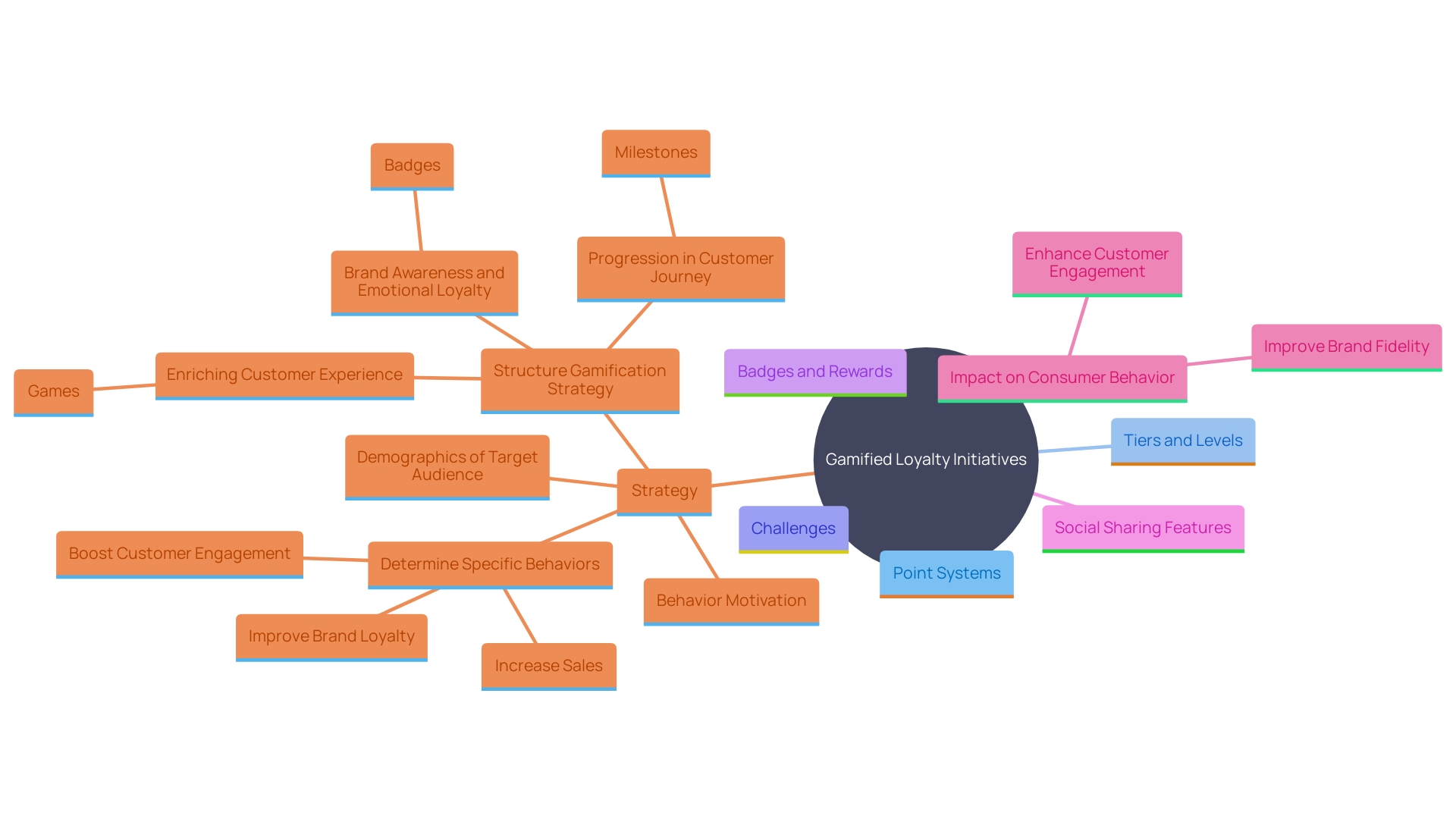
Successful Case Studies of Gamification in Loyalty Programs
Numerous businesses have successfully incorporated gamification into their reward programs, leading to significant enhancements in participant engagement and retention. Notable examples include Starbucks, which utilizes a points-based rewards system combined with personalized offers to enhance the client experience. By engaging the competitive spirit and reward-seeking tendencies of patrons, Starbucks has not only enhanced patron allegiance but also elevated brand recognition.
Nike+ gamifies fitness tracking, allowing users to set goals and compete with friends. This fosters a vibrant community of users who are motivated to stay active and engaged with the brand. The Nike+ app exemplifies how gamification can turn an ordinary activity into an exciting and rewarding experience that keeps customers coming back.
Delta Airlines uses a tiered SkyMiles system that rewards frequent travelers with exclusive advantages, increasing commitment. This initiative attracts especially those who appreciate ease, simplicity, and transparency in loyalty systems. By simplifying the process for clients to accumulate and exchange rewards, Delta guarantees that its initiative stays appealing and easy to use.
Other examples include Fitbit's challenges that encourage users to stay active and Sephora's Beauty Insider initiative, which gamifies the beauty shopping experience through rewards and personalized experiences. These initiatives not only improve client interaction but also offer valuable information on purchasing habits and preferences, allowing brands to customize their marketing strategies more efficiently.
As the customer retention management market is expected to surpass $24 billion by 2028, it's evident that gamification is a powerful tool for fostering long-term relationships with customers. With 79% of consumers more inclined to endorse brands with strong customer retention initiatives, businesses that incorporate gamification into their strategies are set for success.
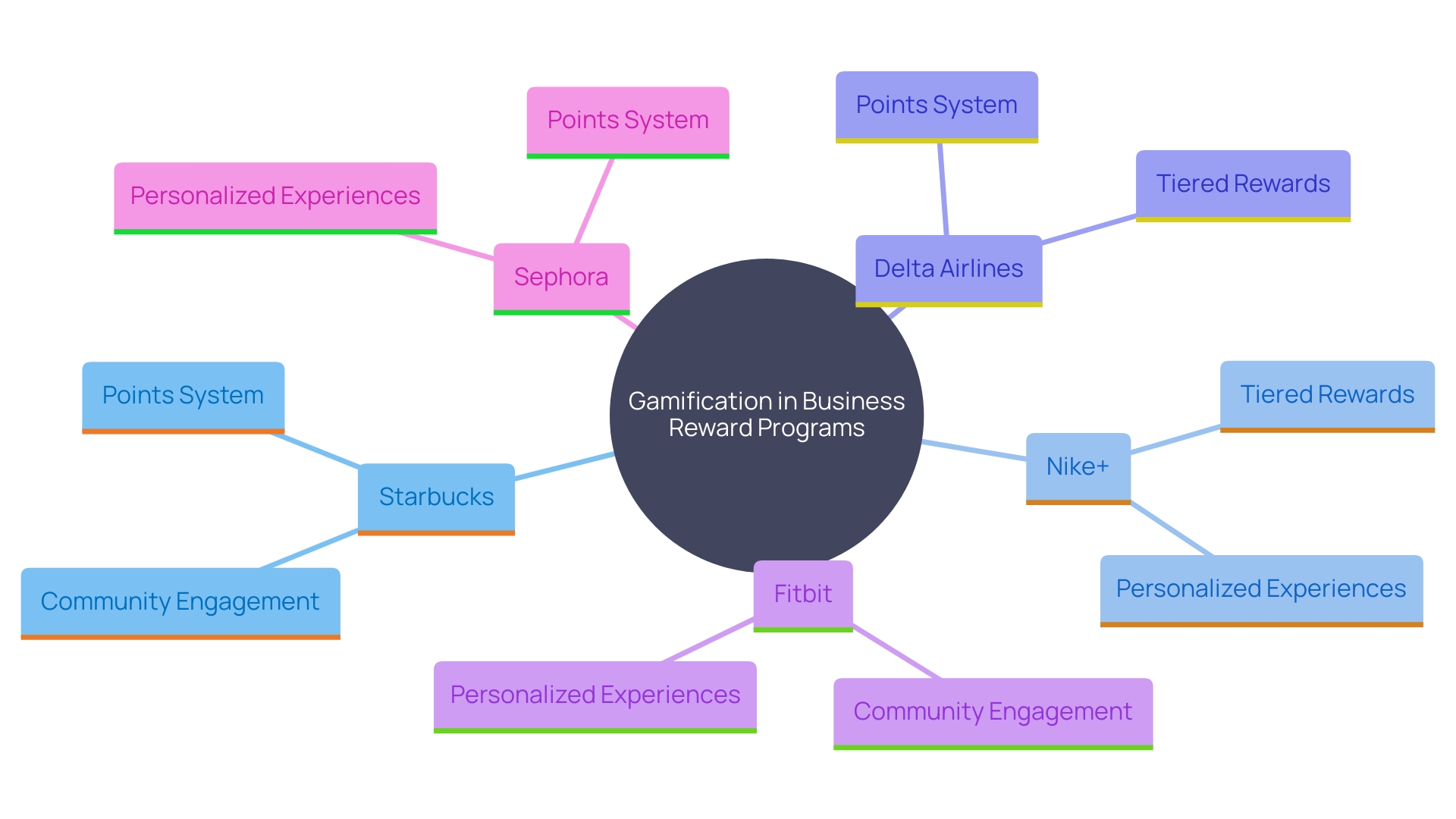
Starbucks Rewards: A Gamified Loyalty Program Example
Starbucks Rewards exemplifies successful gamification within a loyalty system. By enabling shoppers to earn stars with every purchase, the program taps into the competitive spirit and reward-seeking nature of individuals, thereby boosting engagement. The app's user-friendly interface encourages users to engage with the brand, track their star progress, and redeem personalized rewards that align with their preferences. Special promotions and bonus star events add a layer of excitement, significantly enhancing participation and fostering a sense of accomplishment. In fact, a recent study indicated that 60% of buyers are more likely to purchase from brands with gamified elements. This gamification strategy not only encourages expenditure but also fosters long-lasting patron commitment, making the program a notable instance in the sector.
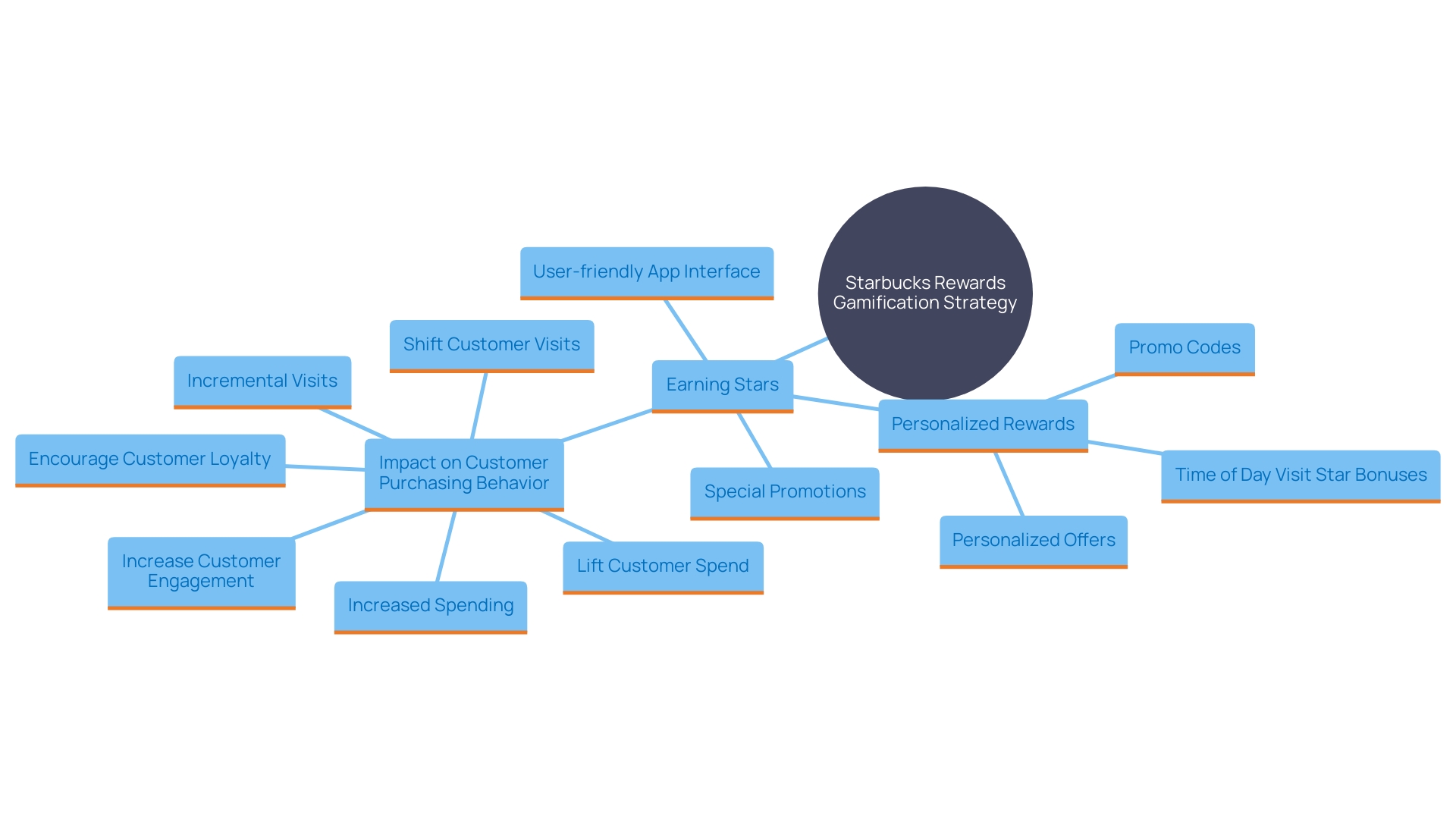
Nike+: Gamifying Fitness for Customer Engagement
Nike+ has transformed the fitness sector by incorporating gamification into its customer interaction strategy. By allowing users to track their workouts, set goals, and compete with friends, Nike+ fosters a vibrant community of fitness enthusiasts. The app's challenges and leaderboard features motivate users to stay active and create a sense of camaraderie. This approach not only boosts product sales but also strengthens brand loyalty, positioning Nike as an essential partner in users' fitness journeys.
In the growing digital fitness market, gamified strategies have proven effective in increasing physical activity. An 18-month study by the American College of Cardiology demonstrated that combining gamified points and small financial incentives can significantly boost physical activity levels, particularly among individuals at risk for cardiovascular disease. This research highlights the potential of gamification to drive sustained participation and health improvements.
Nike+'s success can be seen in the context of a broader trend towards 'move-to-earn' apps, which reward users with digital currency for their physical activities. This trend has gained momentum in the post-pandemic era, offering flexible fitness options that cater to varied lifestyles. By democratizing fitness and making it accessible without the need for gym memberships, these apps address both physical and mental well-being, providing a holistic approach to health.
The future of fitness and wellness is evolving, with digital fitness wearables projected to reach 157 million units by 2023 and the smart workout app market expected to hit $3.6 billion by 2025. As the industry continues to expand, Nike+'s gamified engagement model serves as a powerful example of how technology can enhance user experience and drive positive health outcomes.
Delta Airlines SkyMiles: Tiered Gamification for Loyalty
Delta Airlines’ SkyMiles program employs an advanced tiered gamification structure to strengthen patron allegiance and generate income. Members earn miles for flights, which can be redeemed for upgrades, free flights, and exclusive access to services. This gamified method encourages clients to aim for higher levels, unlocking progressively valuable rewards. 'According to recent research, experiential factors such as “offering an experience worth paying more for” and “feeling taken care of” are now critical in winning patron allegiance, more so than tangible “earn and burn” benefits.'. This aligns with Delta’s strategy, as they focus on creating memorable experiences that encourage repeat business. In 2023, Delta reported a 19% increase in passenger miles flown compared to the previous year, highlighting the effectiveness of their approach. The initiative’s success is further underscored by Delta’s financial performance, with the airline achieving industry-leading operational and financial results, and rewarding their employees with $1.4 billion in profit-sharing payments. The SkyMiles initiative not only boosts patron allegiance but also encourages increased expenditure on flights to achieve elite status, ultimately generating income for the airlines
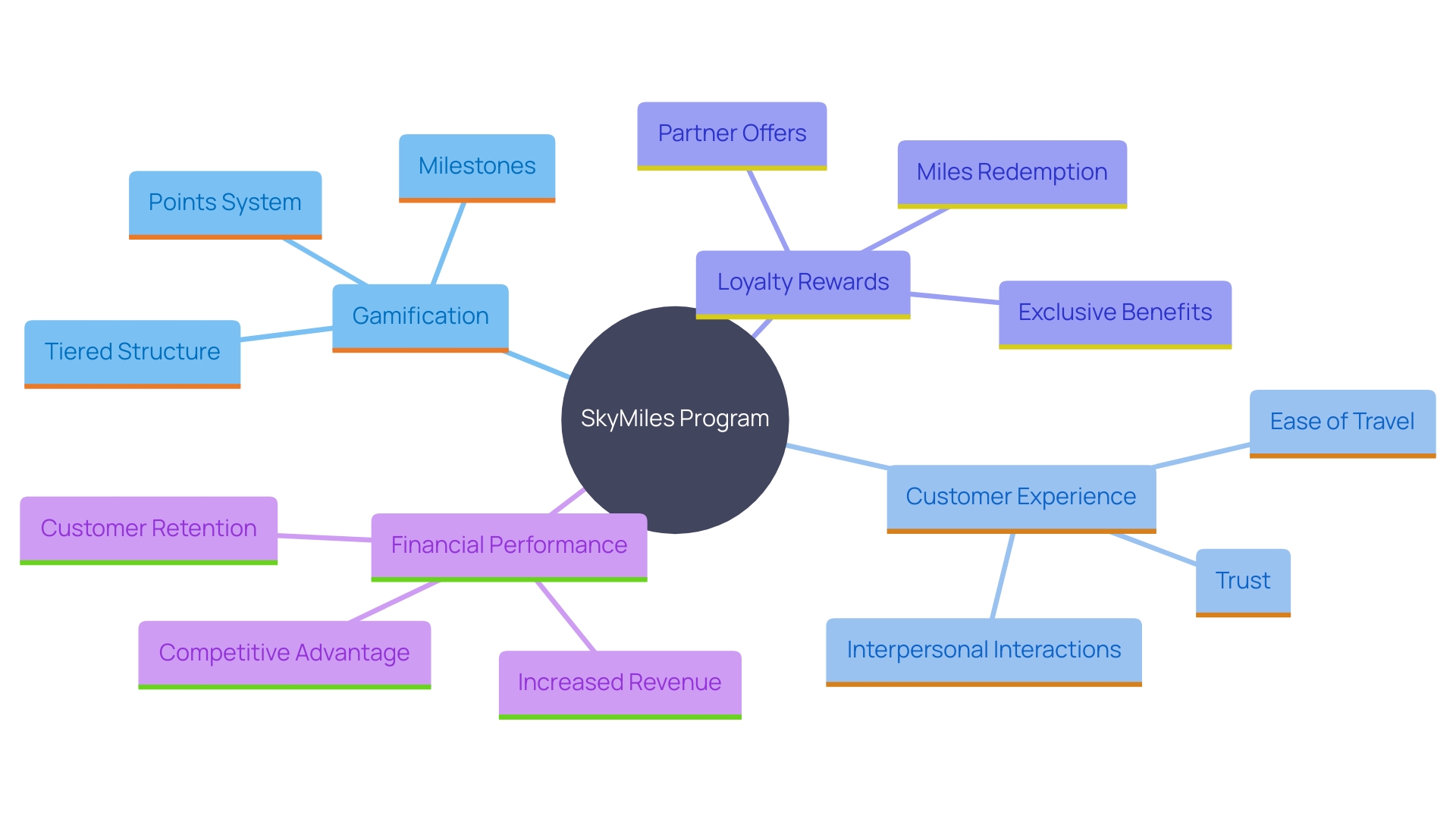
Fitbit: Gamifying Fitness Challenges for User Retention
Fitbit has masterfully incorporated gamification into its user experience by introducing challenges and competitions among friends. Users can participate in step challenges, earn badges for achieving personal milestones, and share their progress on social media platforms. This gamified approach not only keeps users engaged with their fitness goals but also cultivates a supportive and competitive community.
Jenny Xu, founder of Talofa Games, highlighted the motivational power of gamification, stating, "We're excited about that. The last piece is just more exercise types and more accessibility, being able to make Run Legends a game that everyone plays every day." This approach aligns with Fitbit’s strategy, reinforcing the notion that gamification can turn routine activities into enjoyable experiences, thereby encouraging consistent product usage and enhancing user retention.
A study presented at the American College of Cardiology’s Annual Scientific Session revealed that gamified point-earning strategies and small financial incentives significantly boost physical activity among participants. This finding underscores the effectiveness of Fitbit's gamified features in promoting regular exercise and maintaining user interest. By utilizing these strategies, Fitbit guarantees that users stay dedicated to their fitness journeys, thus promoting long-term involvement and connection.
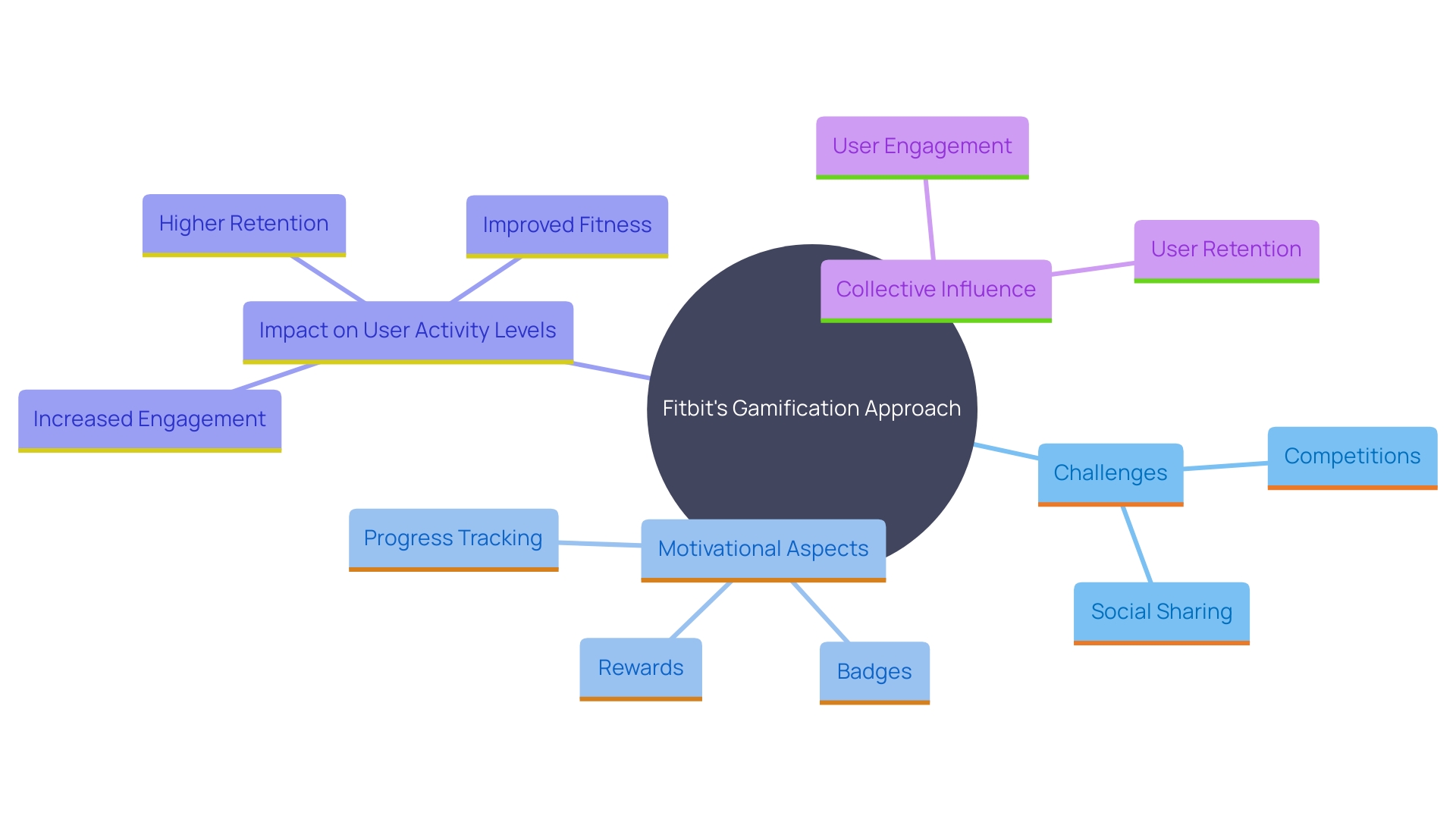
Sephora Beauty Insider: Gamification for Enhanced Customer Experience
Sephora's Beauty Insider scheme is a notable illustration of successful gamification in retail, effectively combining rewards and engagement to cultivate patron allegiance. In contrast to conventional loyalty systems, Sephora's method allows for accumulating points with each transaction, which can be exchanged for exclusive items and experiences, thereby increasing the perceived worth for patrons. The program's tier levels, which unlock more significant rewards, create a sense of achievement and incentivize higher spending. This tiered structure aligns with findings that consumers increasingly seek both meaningful financial rewards and personalized experiences.
Moreover, Sephora integrates personalized recommendations and exclusive events, adding a layer of exclusivity and community feeling that many modern consumers crave. This strategy not only makes the shopping experience more engaging but also enhances buyer satisfaction. As highlighted by industry specialists, gamification transforms shopping into a pleasurable experience that promotes repeat visits and long-lasting commitment. By tracking customer interactions and achievements, Sephora gathers valuable insights into shopping behaviors and preferences, allowing for more tailored marketing efforts and product offerings.
This comprehensive strategy for customer engagement, including aspects of enjoyment and customization, is essential for distinguishing oneself in a competitive marketplace. As the Deloitte Consumer Loyalty Survey indicates, consumers appreciate intuitive design structures and customized experiences that recognize their unique preferences. Sephora's Beauty Insider initiative illustrates these concepts, establishing it as an attractive example for other retailers looking to improve client engagement and dedication.
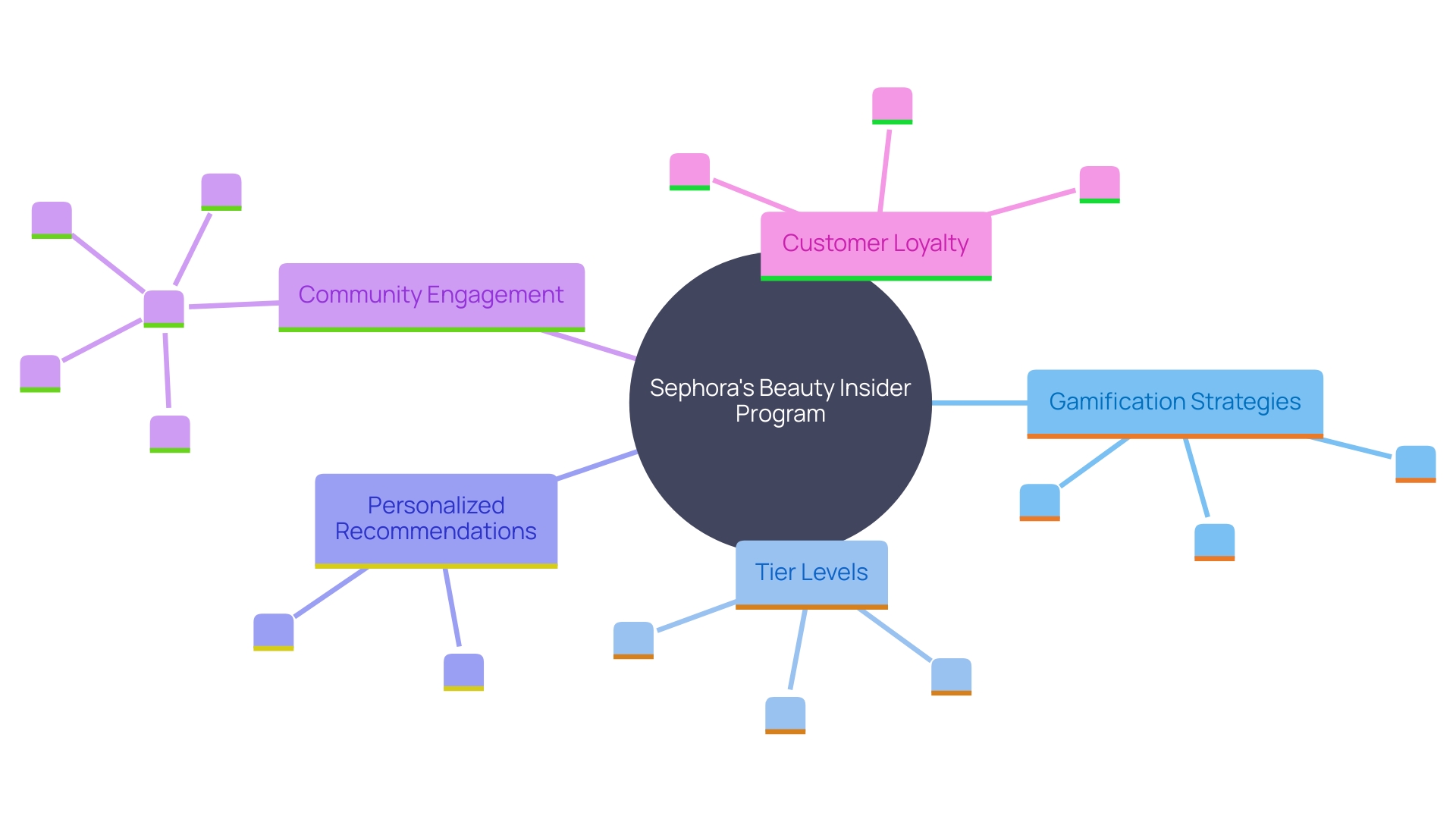
Implementing Gamification in Your Loyalty Program: Best Practices
To implement gamification effectively in loyalty initiatives, businesses should concentrate on understanding their clients' preferences and behaviors. Insights from industry experts indicate that 60% of consumers are more likely to purchase from a brand with gamified elements. This makes creating an intuitive user interface essential for simplicity of interaction, ensuring users can effortlessly connect with the application.
Establishing clear goals and rewards is essential to motivate participation. For instance, businesses in the hospitality sector have redefined their reward systems to provide distinctive experiences, enhancing client engagement and boosting revenue growth. Consistently refreshing challenges and incentives maintains the initiative lively and captivating, which is crucial as 79% of companies with current customer retention schemes intend to overhaul them in the upcoming three years.
Utilizing data analytics to monitor client interactions can offer insights for ongoing enhancement. With an average of 16.2 people actively involved in loyalty program management at their organizations, using data to inform decisions ensures the loyalty program remains effective in driving customer engagement. This holistic approach, incorporating email marketing, SMS campaigns, and personalized offers, can significantly boost transactions and profitability.
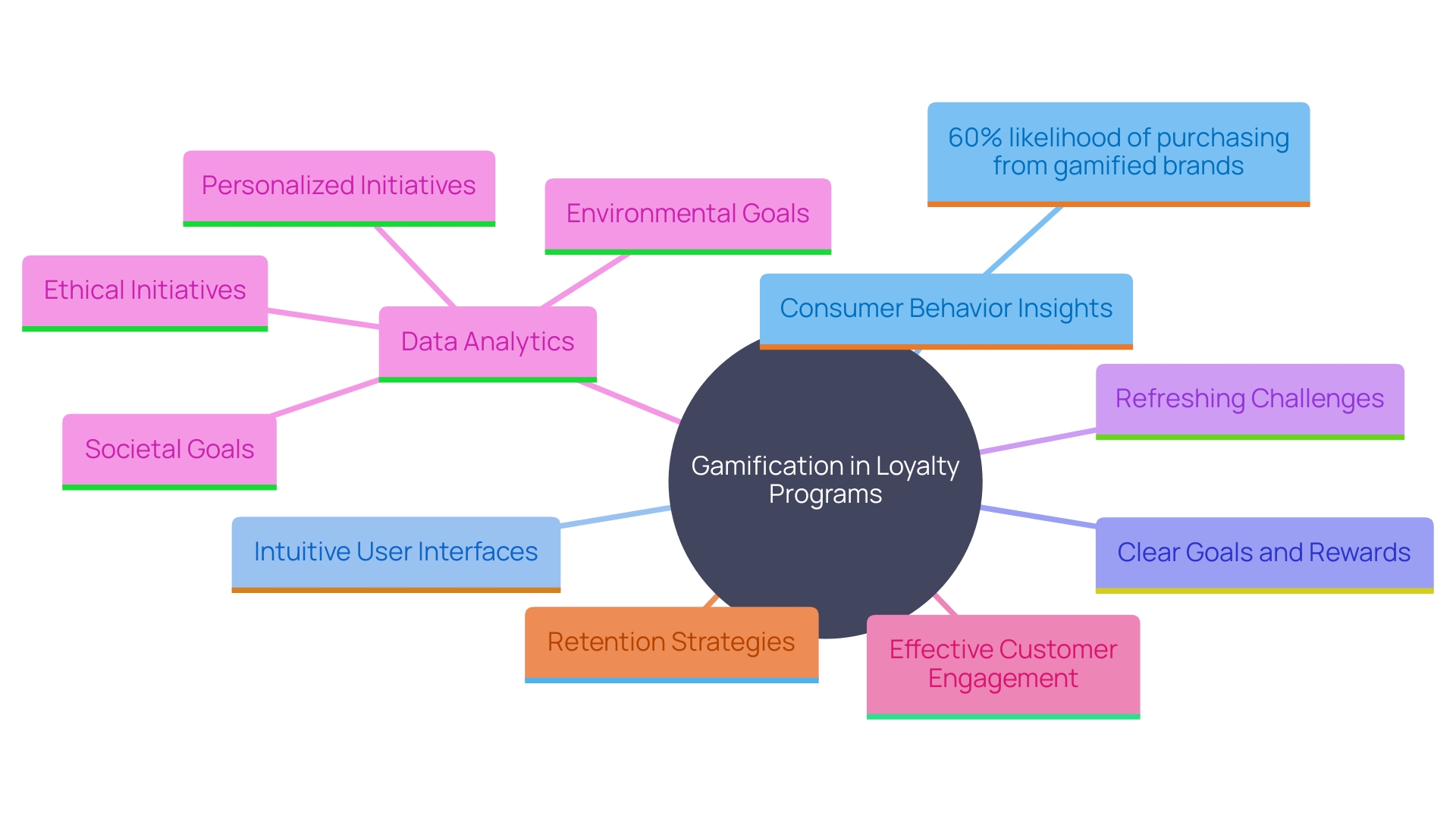
Conclusion
Gamification has proven to be a transformative strategy for enhancing customer engagement and loyalty within various industries. By integrating game-like elements into loyalty programs, businesses can create dynamic experiences that resonate deeply with customers. The compelling statistics indicate a significant increase in customer retention and sales, with 60% of consumers more likely to engage with brands that offer gamified elements.
This approach not only drives repeat purchases but also fosters a sense of community and achievement among customers, leading to long-term brand loyalty.
Key elements such as reward systems, tiered levels, and challenges play a crucial role in the success of gamified loyalty programs. These features encourage active participation and create a sense of progression, making customers feel valued and appreciated. Successful case studies from brands like Starbucks, Nike, Delta Airlines, and Sephora illustrate how gamification can effectively enhance customer experiences and drive engagement.
These companies have harnessed the power of gamification to not only boost sales but also create memorable interactions that keep customers coming back.
As the landscape of customer loyalty continues to evolve, it is essential for businesses to adapt their strategies accordingly. The anticipated revamping of loyalty programs by 79% of companies highlights the growing recognition of gamification's effectiveness. By understanding customer preferences and leveraging data analytics, businesses can design intuitive and engaging loyalty programs that stand out in a competitive market.
Embracing gamification is not just a trend but a vital strategy for fostering enduring customer relationships and achieving sustainable growth in today’s dynamic business environment.





